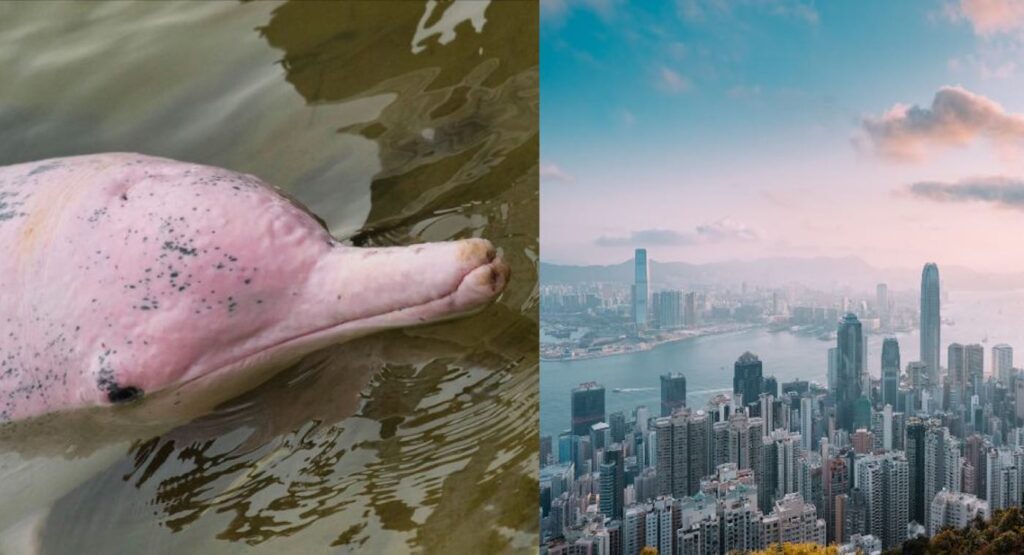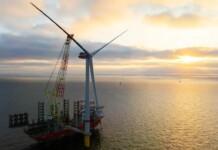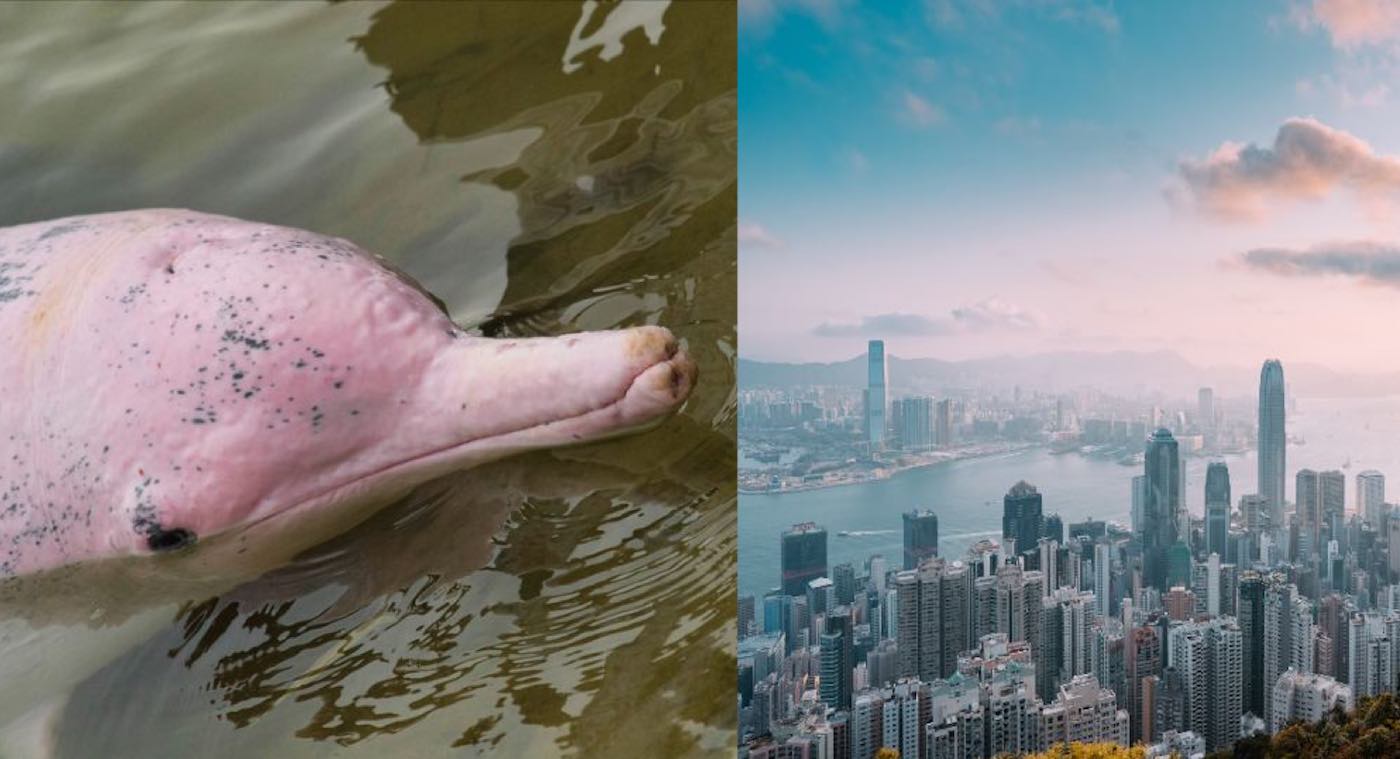Another animal is being seen in a dense metropolitan area—this time in Hong Kong, as the Chinese white dolphin, or the Indo-Pacific humpback dolphin, has been seen in the normally dense waterways around the city.

The lack of ferry traffic resulting from the coronavirus shutdowns have allowed the animals to make their dramatic re-appearance in the Pearl River Delta that connects busy Macau with even-busier Hong Kong.
Sightings have increased 30% since March from last year when only 52 of the estimated 2,000 dolphins entered the waters around the cities, allowing scientists like Lindsay Porter, a marine biologist at the University of St. Andrews, a rare opportunity to study the charismatic aquatic mammal.
Dropping microphones into the water, she and her team have discovered the dolphins have adapted far more rapidly than might be expected to the dip in delta traffic.
Porter explained to Reuters that local governments haven’t yet made a very serious effort to protect the dolphins, largely relying on marine parks where boat traffic is limited but not banned.
RELATED: Do Animals Have Compassion? These Five Certainly Seem to…
However, Porter has hope that the speed of recovery of the population in just this brief reprieve since COVID-19 would mean that any serious conservation strategy would turn the decline into a comeback.
Cities across the world have been noticing the presence of more wild animals in their streets and canals since the COVID-19 shutdowns have come into effect, from dingoes in Australian cities to fish in the Venice canals.
CHECK OUT: London’s Thames is Coming Back to Life With Whales, Dolphins, and Seals
This has many biologists speculating over just how much is actually required to give some wildlife a chance to recover.
SEND This Positive Story Downstream To Your Friends To Share…




















